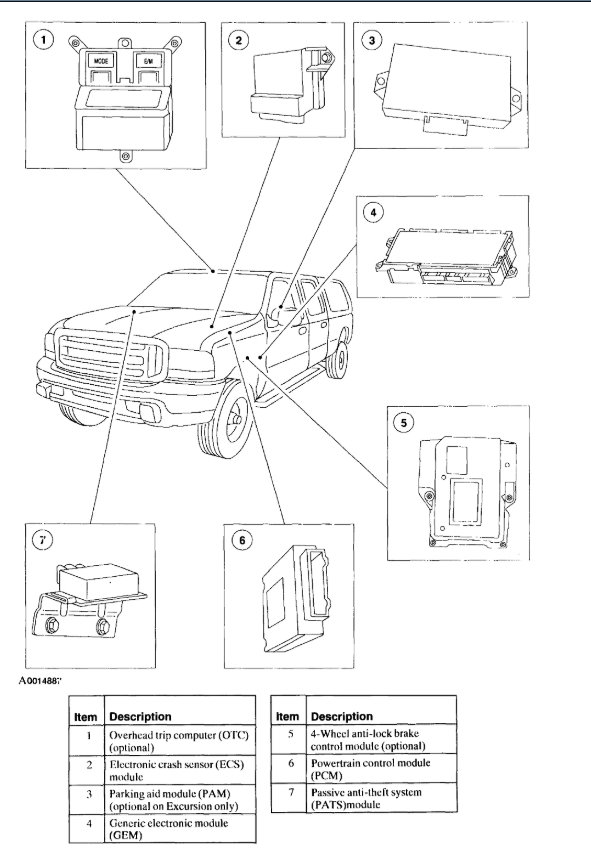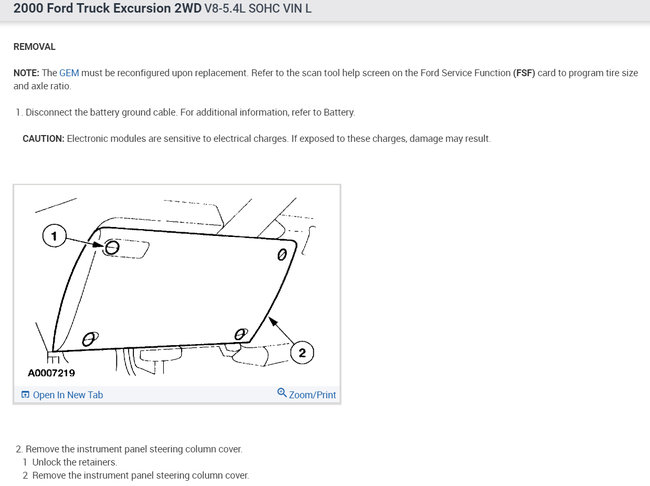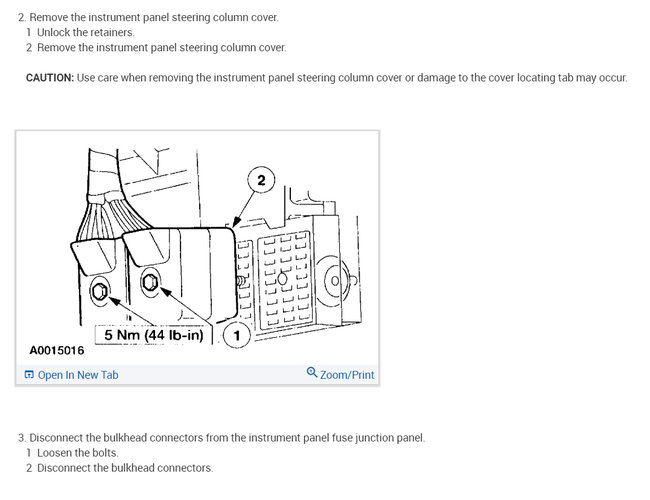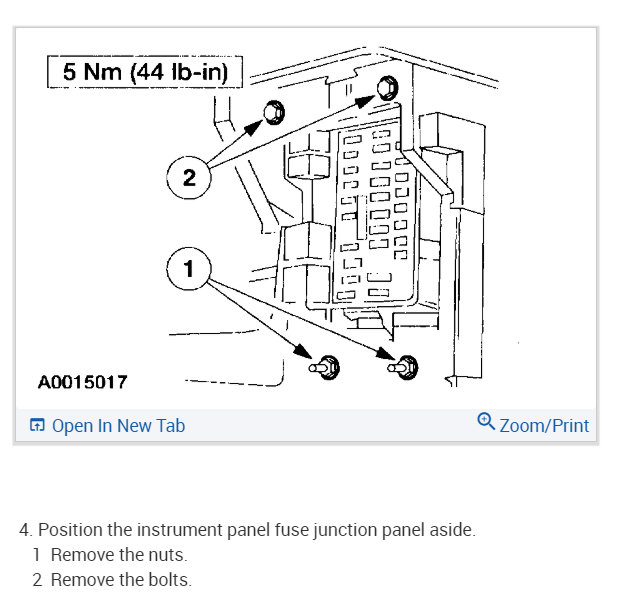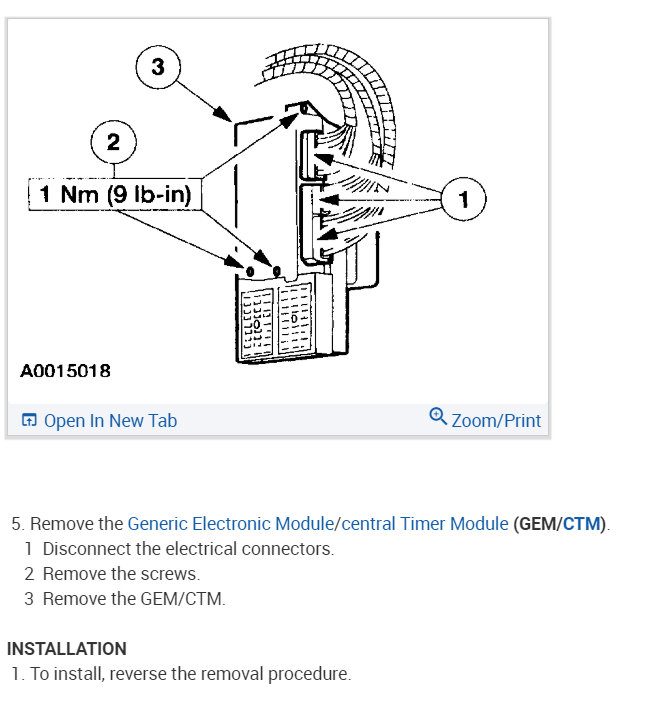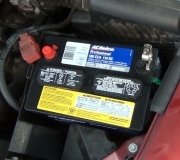Okay, so it sounds like a repeatable thing then for sure.
What you are going to need to do is exactly that. Isolate it.
The procedure I used with my in-laws vehicle is a little time consuming but it works.
What you will need is a multi-meter that can measure amperage. But Before you do this lets figure out approximately what sort of current draw you are looking at being that you can drain the battery in a matter of two hours.
What you need to figure this out is the specification of the battery. Most batteries come with a rating for CCA (Cold Cranking Amps) and a rating for Ah (Ampere Hours). Your Battery could have both listed but most commonly batteries just show their CCA on the label. If you are not able to find the Ah rating then just take the CCA and divide that by 7.25
Example. My Battery has 850 CCA. Therefore: 850 / 7.25 = 117 Ah which means that my battery can power a 10 Amp load for 11.7 hours. (117 / 10) So if I wanted to figure out how many amperes of load it would take to drain my battery in two hours then I just divide the Ah of the battery by the time required to drain the battery. (117 / 2) which would be 58.5 Amperes.
So for you, Find the Specs for your battery and do the same math. If you have the Amp Hour rating great! Then just divide that by 2 and there's your answer. If not then convert your CCA to Ah using the formula CCA / 7.25, and then divide that by 2 (hours) to get the size of the load that is draining your battery.
Once you determine the size of the load on the battery, you need to make sure you have a meter that can handle that sort of current. If the load is bigger than your meter can handle you may want to buy one of the clamp on current meters.
Let me know what you calculate the load to be or you can give me the specs and I'll do it for you if you wish.
Once we get that number I'll go further with the process because it differs depending on the type of meter we need to use.
Jon
Friday, December 6th, 2019 AT 5:10 AM
